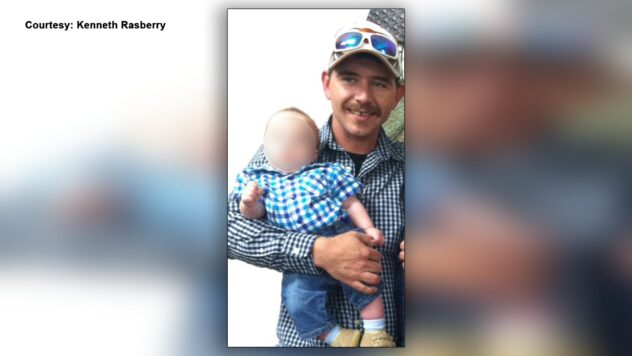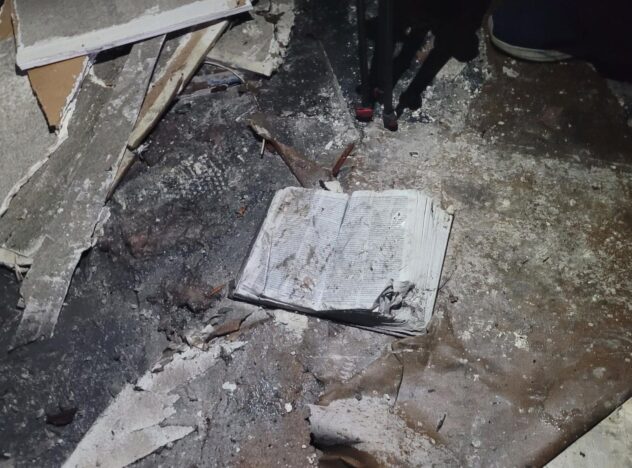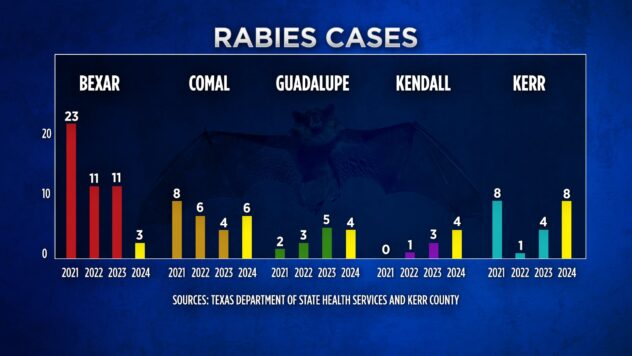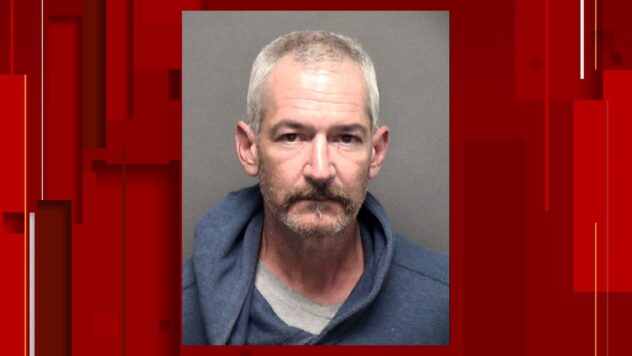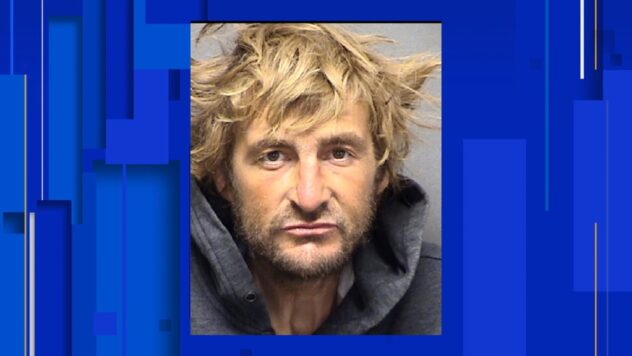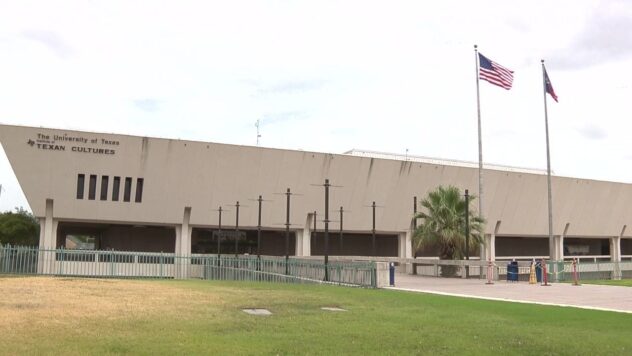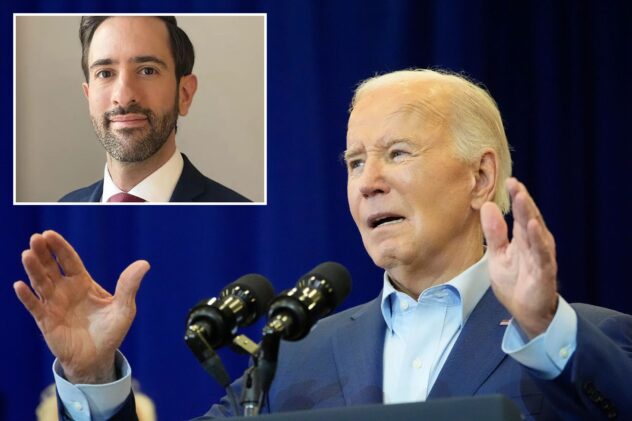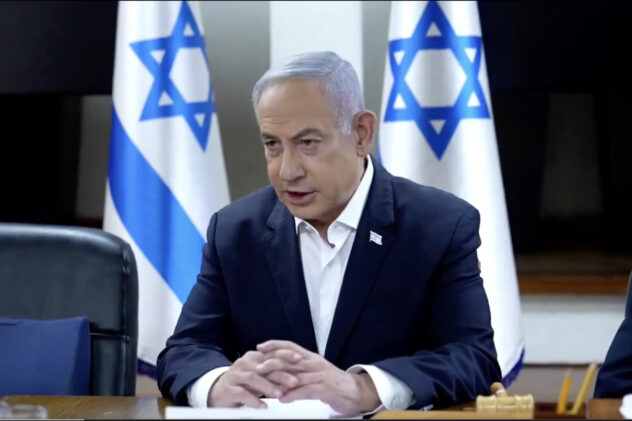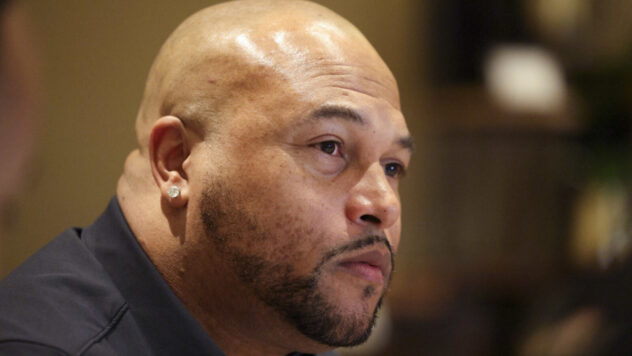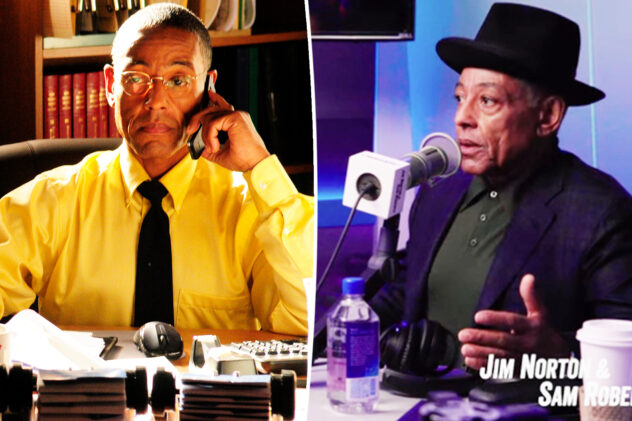Christopher Columbus Statue Protest Turns Confrontational, but Without Violence
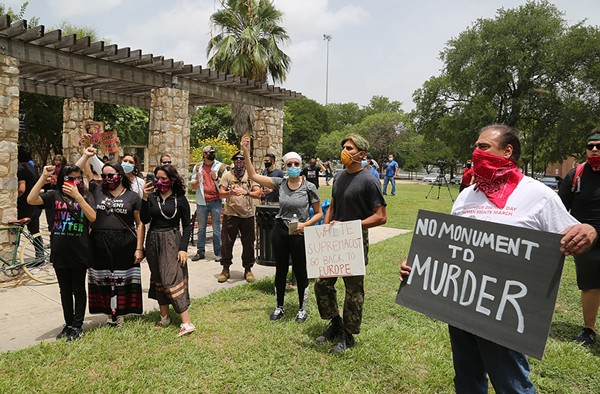
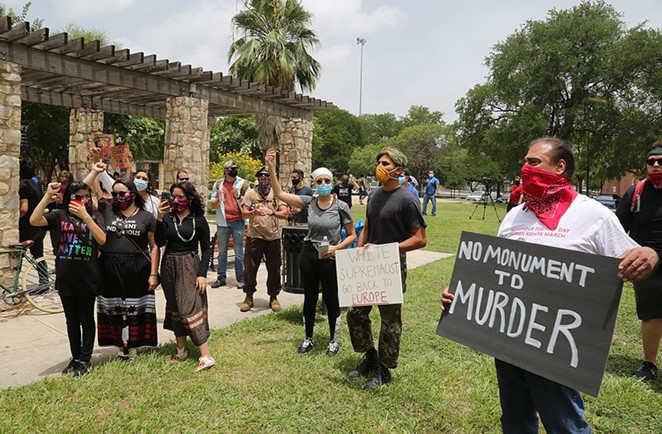
- Ben Olivo / San Antonio Heron
- Advocates for the removal of the Christopher Columbus statue protest Saturday, June 27, 2020, at Columbus Park, 200 Columbus St.
As Covid-19 cases continue to hit record highs in Bexar County, roughly 50 people, most of whom wore face coverings, gathered Saturday afternoon to advocate for the removal of the Christopher Columbus statue in Columbus Park in northwest downtown.
They called for the statue to be taken down because of Columbus’ history of colonization and enslavement against Native Americans during his voyages to North America from 1492 to 1502. The protestations have wide support from San Antonio leadership, but the statue’s removal is an issue that’s become entangled in bureaucracy.
The gathering came less than 24 hours after Mayor Ron Nirenberg ordered public gatherings limited to no more than 10 people in city parks and plazas, although police allowed the protest to carry on.
Protest organizer Antonio Diaz has been fighting for the statue’s removal since 1998. If the monument comes down, he says, it will not only be a personal victory for himself and his family, but for all people of color, he said.
“We are starting to write our narrative,” Diaz said. “Our narrative has not been written from our point of view. It has been written by the invader, by the colonialists, by those who sold us as property, by those that displaced us from our land.”
He’d hoped the statue would have been taken down by Saturday, so the group could celebrate its removal. Instead, it may have to wait more than a month.
The Christopher Columbus Italian Society, whose building is on the other side of the park, donated the landmark in 1956. In light of the current Black Lives Matter movement, the society requested the relocation of the statue and supports renaming the park “Piazza Italia,” which District 1 Councilman Roberto Treviño recommended in a council consideration request on June 15.
In a statement posted Thursday, the Italian society’s board said, “Although the Christopher Columbus statue in the park does not have the same associated feelings for us as it does for others, we want to be respectful and considerate of what it symbolizes and how it impacts them.”
Treviño has worked with the Italian society and Diaz’s indigenous group on the statue’s removal, which will cost the city $6,000 from the parks department’s operating budget, and renaming of the park.
At Thursday’s City Council meeting, Diaz scolded members for not having removed the statue already, especially since the move has the support of the Columbus society.
Immediately relocating the statue, “would have provided an opportunity for healing while acknowledging those who have asked to be heard,” Treviño said in a statement following Thursday’s meeting.
Delays to the monument’s extraction has left Diaz feeling like his efforts have fallen on deaf ears. “It’s ridiculous to continue with a further process. It should be down,” he said.
The issue will go to the council’s Governance Committee on Wednesday. Given the City Council’s annual July recess, a final decision to remove the monument may not be made until August.
There are, of course, individuals on the opposing side of the argument.
Marc F., 45, a member of a group against the removal of statues and monuments, got married in Columbus Park in 2007.
For the self-proclaimed patriot, of Italian and Spanish descent, the monument’s recent defacing, in which it was splattered with red paint, was personal.
“It’s a symbol of our history and of our heritage,” said Marc, who declined to give his last name. Marc was one of five men who attended the gathering armed with guns in counter protest to the anti-statue crowd. Some of the men said they were affiliated with This is Texas Freedom Force, a Texas pride and heritage group that’s become active at public gatherings since the relocation of the Alamo Cenotaph was proposed in recent years. On Saturday, however, the men said it wasn’t an official This is Texas Freedom Force event.
Speeches carried on throughout the early afternoon. While demonstrators spoke, Diana Uriegas walked around blessing protestors, waving a burning sage stick over their bodies. People from all walks of life stood in a circle, intently listening to what each other had to say.
Maya, a woman of Payaya Native American descent, expressed her grief over the “cultural genocide” occurring in the public school system. “We have people growing up in schools, looking at this man, putting him on a pedestal, thinking he’s a great man, when that’s a lie,” she said.
Toward the end of the protest, both the protestors and the armed men collided for about two minutes in a whirlwind of chaos. Demonstrators marched toward the group, the majority of whom were people of color, accusing them of upholding white supremacy.
San Antonio police officers broke up the heated argument, using their bikes to shove protestors away from the armed men. One officer took hold of a steel barricade and pushed it into a teenage boy. When asked, Police Chief William McManus declined to comment on the officer’s actions.
Roger Rodkey, 52, a member of the armed group, said their objective was not to intimidate protestors. “We are here to exercise our God given right to bear arms, just like anybody’s right to peacefully demonstrate.”
Despite heightened tensions, the protest ended without any violent incident.
Michelle Del Rey is a freelance journalist in San Antonio.
San Antonio Heron Editor Ben Olivo contributed to this report. The San Antonio Heron is a nonprofit news organization dedicated to informing its readers about the changes to downtown and the surrounding communities.

